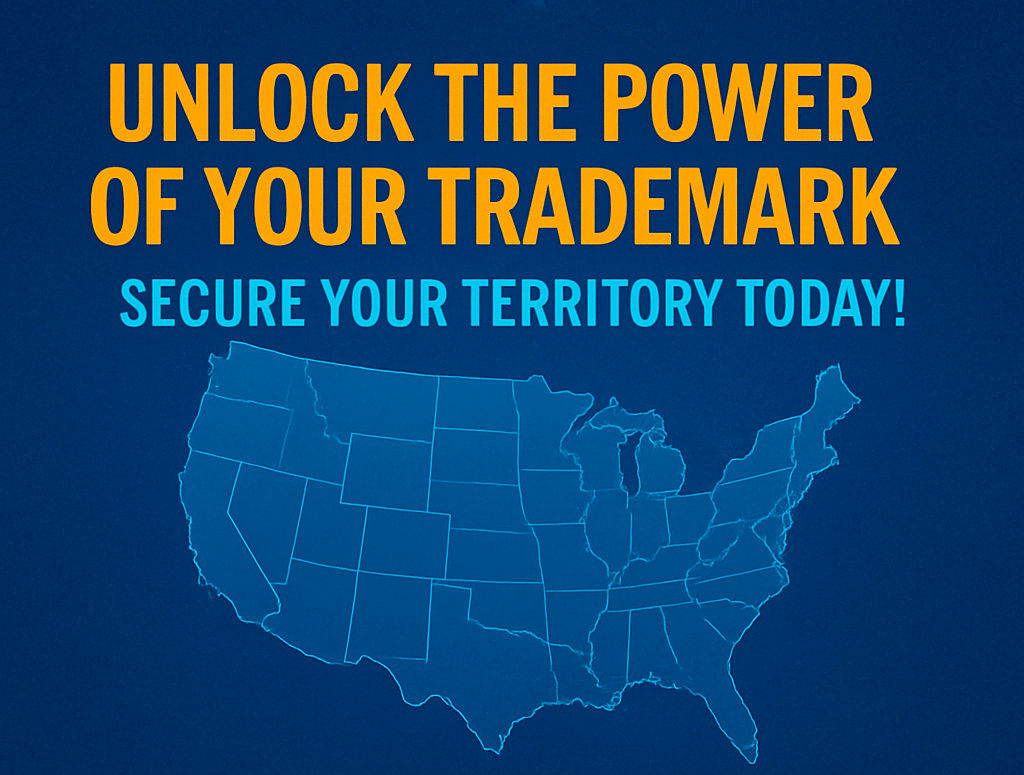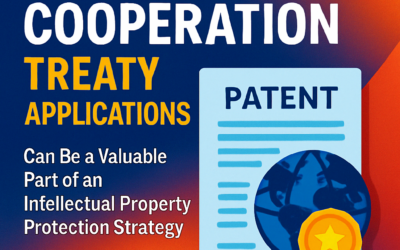When it comes to federal trademark infringement, one of the most important—and often misunderstood—elements is the likelihood of consumer confusion. Under the Lanham Act, courts weigh a variety of factors including the similarity of marks, the nature of the goods or services, advertising channels, and geographic overlap. In today’s increasingly online and mobile world, traditional ideas of territoriality are evolving fast, and courts are adapting to this shift. Here’s how five real-world cases show what’s at stake—and what business owners can learn from them.
Ale House Mgmt. v. Raleigh Ale House, Inc., 2006 U.S. Dist. LEXIS 98819
In this case, Ale House Management, which operated a chain of restaurants in Florida and Georgia under the “Ale House” brand, sued Raleigh Ale House, Inc., based solely in North Carolina. The plaintiff argued that the use of a similar name created a likelihood of confusion and infringed its trademark rights. However, the court found that the two restaurant businesses had completely distinct geographic markets and no real consumer overlap. The judge emphasized that trademark rights are not automatically national in scope—especially for businesses with no evidence of expansion into the defendant’s territory. As a result, the court granted summary judgment for the defendant, dismissing the claims for trademark infringement and unfair competition.
Lesson: Trademark rights can be limited to where you actively do business. If there’s no consumer overlap, courts are less likely to find infringement.
Johnson v. Sosebee, 397 F. Supp. 2d 706
Here, Johnson—a professional landscaper—claimed that Sosebee’s use of a similar business name in a different part of South Carolina infringed on his rights under both federal trademark law and the South Carolina Unfair Trade Practices Act. Johnson had worked only in select areas and had no presence in Sosebee’s region. The court sided with the defendant, noting that Johnson couldn’t claim exclusive rights in areas where he neither worked nor marketed his services. Since the plaintiff’s mark had not been used in the defendant’s territory, the court found no reasonable possibility of consumer confusion and granted summary judgment in favor of Sosebee.
Lesson: If you haven’t operated in a specific territory, you may not be able to expect trademark protection there—courts may require some level of actual or likely market activity to establish rights.
Westmont Living, Inc. v. Retirement Unlimited, Inc., 132 F.4th 288
This case underscores how digital and national marketing strategies can reshape traditional trademark boundaries. Both parties operated senior living facilities—Westmont Living out west and Retirement Unlimited on the east coast—but both advertised their services online and in national publications. Westmont presented survey evidence showing actual consumer confusion between the two marks. The district court initially dismissed the case, relying heavily on geographic separation. However, the Fourth Circuit reversed, emphasizing that when businesses market nationally and consumers overlap, geographic distance is no longer sufficient to rule out confusion.
Lesson: If your brand lives online or spans across states, courts may very well focus on consumer perception and marketing reach, not just physical location.
What-A-Burger of Virginia, Inc. v. Whataburger, Inc., 357 F.3d 441
This case delves into procedural defenses like laches (unreasonable delay in asserting rights) and acquiescence (implied permission through silence). What-A-Burger of Virginia had been operating since the 1950s, while Whataburger, based in Texas, began to grow its footprint eastward. The Texas company argued that the Virginia firm waited too long to sue and had effectively given up its rights. The court, however, ruled that these defenses could not apply unless there was a clear likelihood of confusion and concrete evidence of infringement. The mere passage of time wasn’t enough. The case was remanded for further proceedings.
Lesson: Delay isn’t typically fatal to your case unless confusion and infringement are obvious. You may not be obligated to act until real consumer confusion becomes likely.
Ray Communications, Inc. v. Clear Channel Communications, Inc., 673 F.3d 294
Ray Communications, a small radio operator, sued media giant Clear Channel over the use of a similar brand name. Ray argued that Clear Channel’s expansion into digital spaces created brand confusion, but couldn’t show any strong presence in regions where Clear Channel was dominant. The district court ruled in favor of Clear Channel, but the appellate court reversed, saying that the judge had failed to consider the full context of how and where the plaintiff’s mark was used, and whether customers were genuinely confused. The court stressed that national presence must be proven, and that market penetration—not just a desire to expand—is what determines territorial rights.
Lesson: If your trademark doesn’t have real visibility or recognition in a market, courts may find you lack rights in that area—even if a larger competitor uses a similar name.
The Big Picture: Your Trademark Can be Made Stronger With the Right Strategy
What do these cases have in common? They all highlight how vital it is to understand where your trademark is protected and how to defend it. In today’s hyper-connected world, territoriality still matters, but so do national marketing efforts, consumer surveys, and digital reach.
Whether you’re a local business with big plans or a national brand concerned about market encroachment, you need a strategy that’s both legally sound and forward-looking.
Take Action Today
At Garcia-Zamor Intellectual Property Law, LLC, we help businesses of all sizes protect their trademarks, prevent brand confusion, and enforce their rights. If you’re wondering whether your trademark is secure—or if you’re facing a potential infringement—don’t guess. Get clarity. Visit us at www.garcia-zamor.com or call 410-531-9853 to schedule a consultation.







